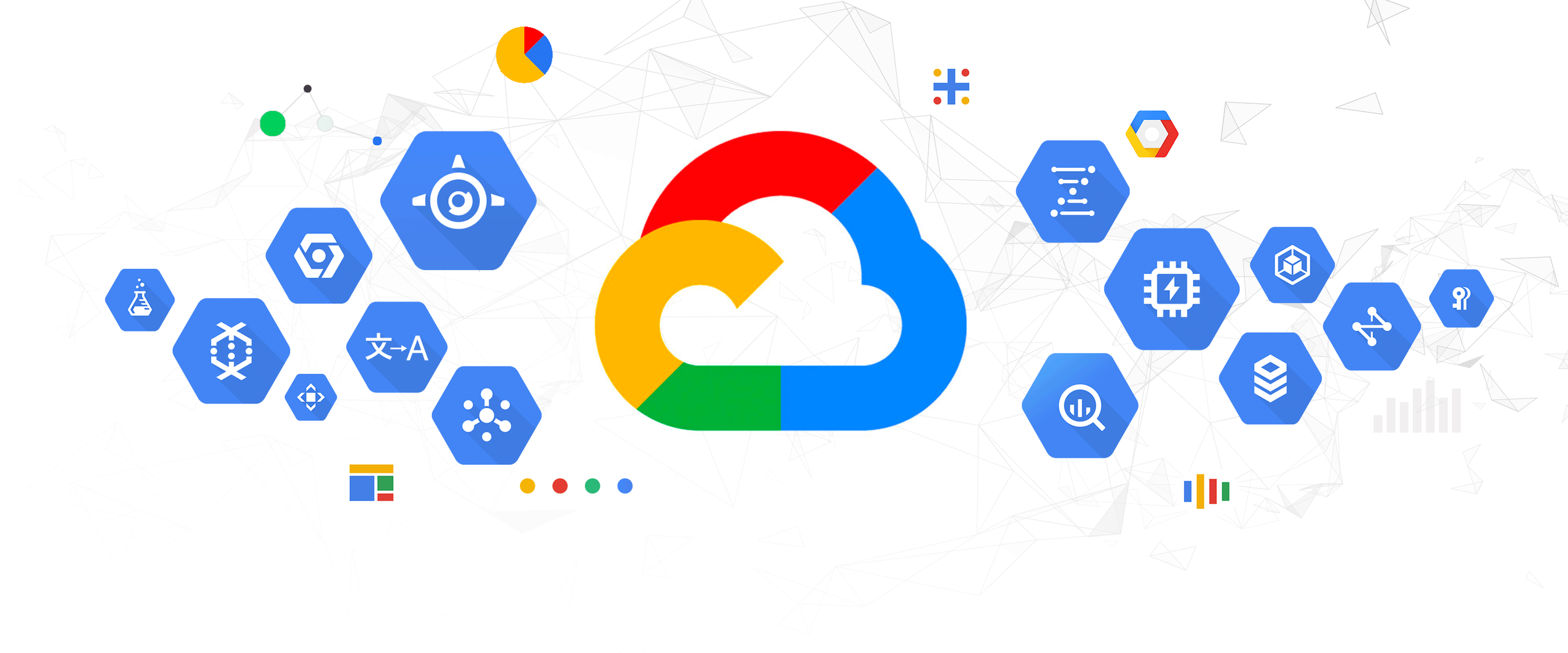What is application modernisation?
App modernisation refers to the process of updating–rather than replacing–legacy systems, applications, or infrastructure to improve performance, security, scalability, and flexibility. This process is also known as legacy application modernisation. To think of it differently, it is like renovating your home instead of bulldozing your current one and building or buying a whole new one. Thus, instead of retiring and replacing your system with a whole new one, we can update it, so it is more innovative and secure.
Modernisation options include re-hosting, refactoring, rearchitecting, rebuilding and replacing. In this post, we will dive into what these modernisation options mean, why companies choose to modernise, how it’s done, and what the key technologies are.
Why modernise applications?
App modernisation serves a number of purposes. These include:
Improved performance
Firstly, it improves the performance of your systems. Older systems tend to be on the slower side and can often not handle higher traffic or data volume. This can easily be improved by upgrading them with modern, cloud-based solutions.
Enhanced security
Not all legacy systems have the same security features as modern systems, making them more vulnerable to cyber-attacks and data breaches. Updating these systems can improve security and protect sensitive data. All while maintaining compliance with your country’s specific data regulations.
Improved scalability
As business needs evolve, systems must be able to respond to accommodate increased or decreased demand. This agility is crucial in fast-moving industries where time is not on your side and customers expect top-notch service.
Leverage ground-breaking technology
New technologies such as cloud computing, artificial intelligence, and the Internet of Things (IoT) can provide new capabilities and enable businesses to create new revenue streams and improve operations.
How to modernise your application
There are several approaches to application modernisation, such as:
Re-hosting (AKA Lift-and-Shift): this is when we move your existing application to a new platform or environment without changing its code. As the name suggests, you are quite literally lifting the app from one “location” (platform or environment) and shifting it to another. This is one of the easier approaches but not always the best, as it focuses on short-term fixes such as cost reduction or disaster recovery. However, it does not take full advantage of the benefits of the cloud and can lead to a system that may not be able to scale effectively or take advantage of cost optimisation strategies. Therefore, lift-and-shift is often considered a quick-fix solution rather than a long-term strategy.
Re-architecting and re-writing: This entails redesigning an existing application to improve its performance, scalability, or security, as well as rewriting the code of the application to replace an existing code. Companies often choose this approach when they want to break up a monolithic application into smaller decoupled pieces, commonly called microservices. These let you take advantage of cloud-native tools and technologies such as containers and container orchestration.
Re-platforming: This option is the middle-ground between the two solutions as it involves a move and some rewriting but not to the extent described above. It involves updating an existing application’s backend to run on a new platform or environment; such is needed when moving from a legacy system to a cloud-based system.
Not sure which one would apply to your business? After an in-depth analysis by our solution architects, we will provide you with the ideal solution for your business and your pocket.
Key technologies for application modernisation
Cloud computing: Cloud computing is the delivery of computing services over the internet, such as servers, storage, databases, networking, software, analytics, and intelligence. Cloud computing allows users to access and use computing resources on demand without having to invest in and manage the underlying infrastructure. This can result in cost savings, increased agility, and improved scalability, among other benefits. Additionally, cloud computing allows users to access data and applications from anywhere with an internet connection.
Microservices: microservices are both an architecture and an approach to writing software. Instead of having a monolithic application–an application that is operating as a single codebase–components are decoupled into smaller pieces that are able to be deployed, updated, and operated independently from each other that work together to accomplish the same task.
Containers: In cloud computing, containers are used to deploy applications consistently and efficiently, regardless of the underlying infrastructure. A container is a lightweight, standalone, executable package that includes everything needed to run a piece of software. They are isolated from each other and the host system, allowing for multiple containers to run on the same host without interfering with each other. They are typically managed by a container orchestration platform such as Kubernetes, Docker Swarm, or Amazon Elastic Container Service (ECS). These platforms provide features such as scaling, load balancing, and automatic failover, making it easy to deploy and manage containerised applications in the cloud.
Kubernetes: when re-platforming legacy applications, we often move them onto the container orchestration platform Kubernetes (K8s). K8s helps businesses deliver and manage containerised, legacy, and cloud-native applications, as well as those being refactored into microservices. It is platform-agnostic, which means that you can be on any platform when you use it.
Final thoughts
It's important to note that application modernisation can be a complex and time-consuming process that requires careful planning, testing, and implementation. It's also essential to ensure that the modernisation process does not disrupt the business operations and that the new systems are compatible with existing systems, processes and data. In this post, we discussed what app modernisation is, its benefits, how we modernise apps, and what the key technologies are. Contact us today to find out how we can modernise your system.









